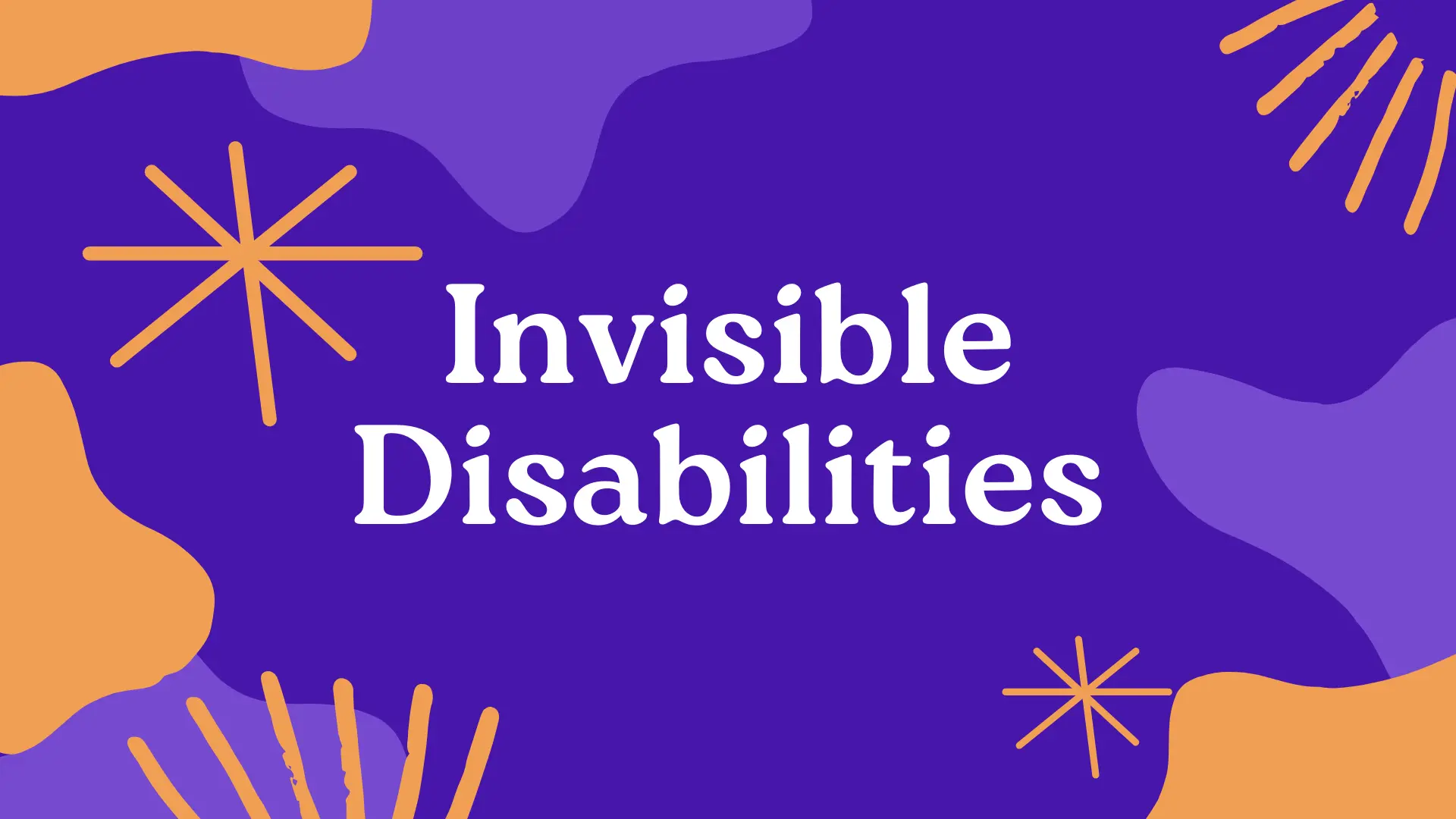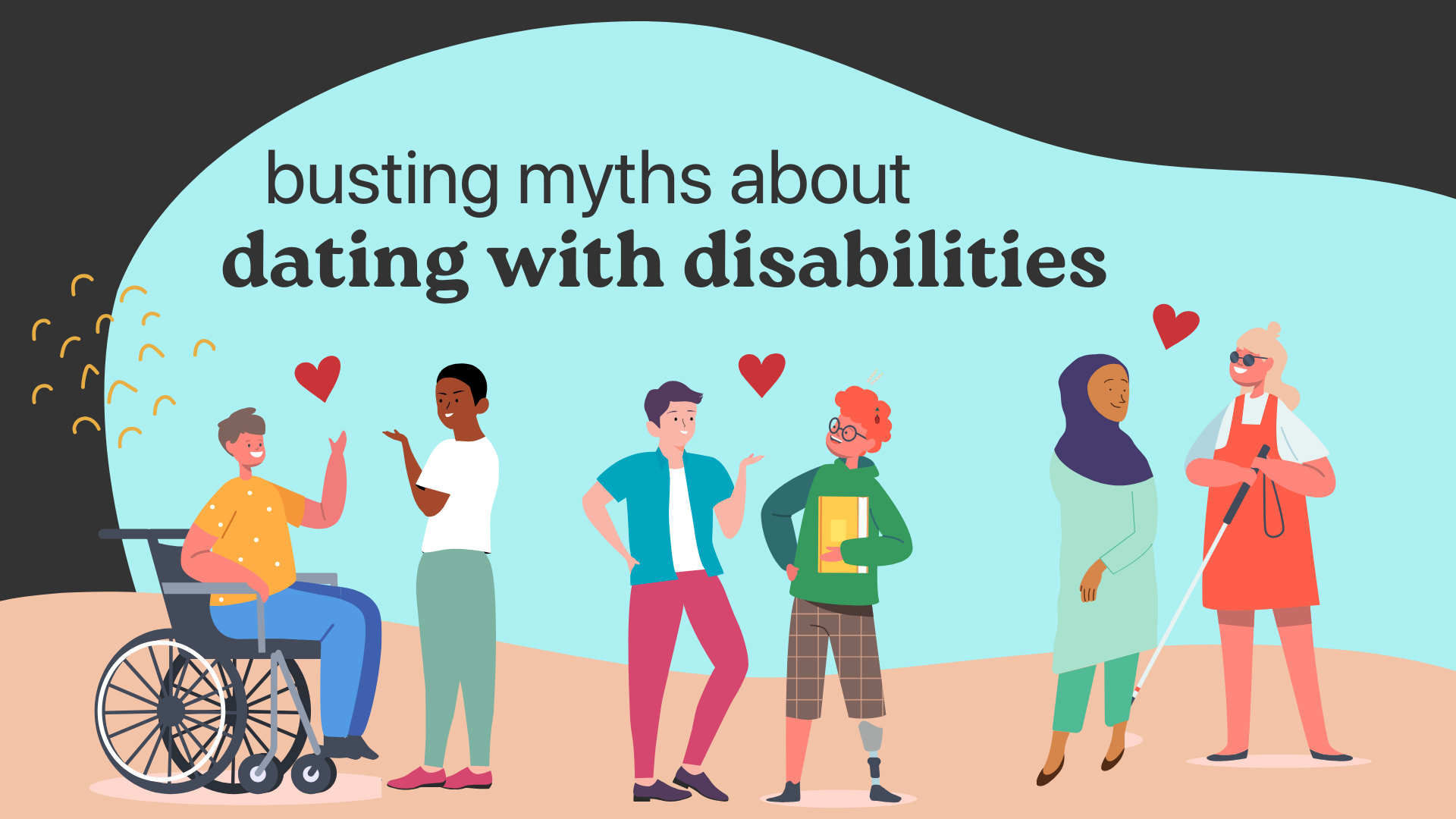Invisible disabilities, often termed hidden disabilities, represent a spectrum of conditions not immediately noticeable. Those with invisible disabilities face challenges as they navigate daily life, grappling with symptoms like chronic pain, fatigue, cognitive impairments, and more. Conditions like ADHD, psychiatric disabilities, epilepsy, chronic pain, heart diseases, and even allergies might contribute to these unseen challenges.
The Societal Struggle
People with invisible disabilities frequently encounter skepticism due to the non-apparent nature of their condition. From being accused of exaggerating symptoms like chronic pain or sleep disorders to facing awkward queries when not using aids like hearing devices or mobility supports, their daily battles are multifaceted. As widespread as these conditions may be, there is a pressing need for greater awareness about the collective experiences and challenges faced by this unique community.
Some common invisible disabilities include:
- HIV/AIDS
- Epilepsy
- Cystic Fibrosis
- Learning Disabilities
- Traumatic Brain Injury
- Chronic Fatigue Syndrome
- Psychiatric Disabilities
- ADHD and/or ADD Disorders
Diving Deep: Epilepsy as a Case Study
Epilepsy exemplifies the complexities associated with invisible disabilities. It’s a neurological disorder characterized by seizures, originating from abnormal brain activity. While epilepsy’s roots can be traced to genetic predispositions or brain injuries, often the cause remains elusive. The manifestations of seizures vary, but they generally fall into two primary categories:
- Generalized seizures: Impact both brain hemispheres.
- Focal or partial seizures: Affect only a specific brain region.
The community’s role in supporting individuals with epilepsy is paramount. From fostering inclusive educational environments where students receive the necessary support to ensure successful learning, to cultivating accommodating workplaces that consider potential seizure triggers, the spectrum of inclusivity is vast.
Additionally, professionals like school nurses, first responders, and mental health practitioners should be equipped with the know-how of offering epilepsy first aid. With the digital age in full swing, web developers must also ensure their content remains safe for those with photosensitive epilepsy, avoiding graphics and animations that could induce seizures.
Wrapping Up
Invisible disabilities encompass a broad array of conditions, each with its own set of unique challenges. As a society, recognizing, understanding, and accommodating these challenges is our shared responsibility. Just because something isn’t immediately visible doesn’t mean it’s any less real or significant. Being aware and considerate can go a long way in creating an inclusive world for all.

 #StopTheShock: Moving to End a Controversial Practice
#StopTheShock: Moving to End a Controversial Practice